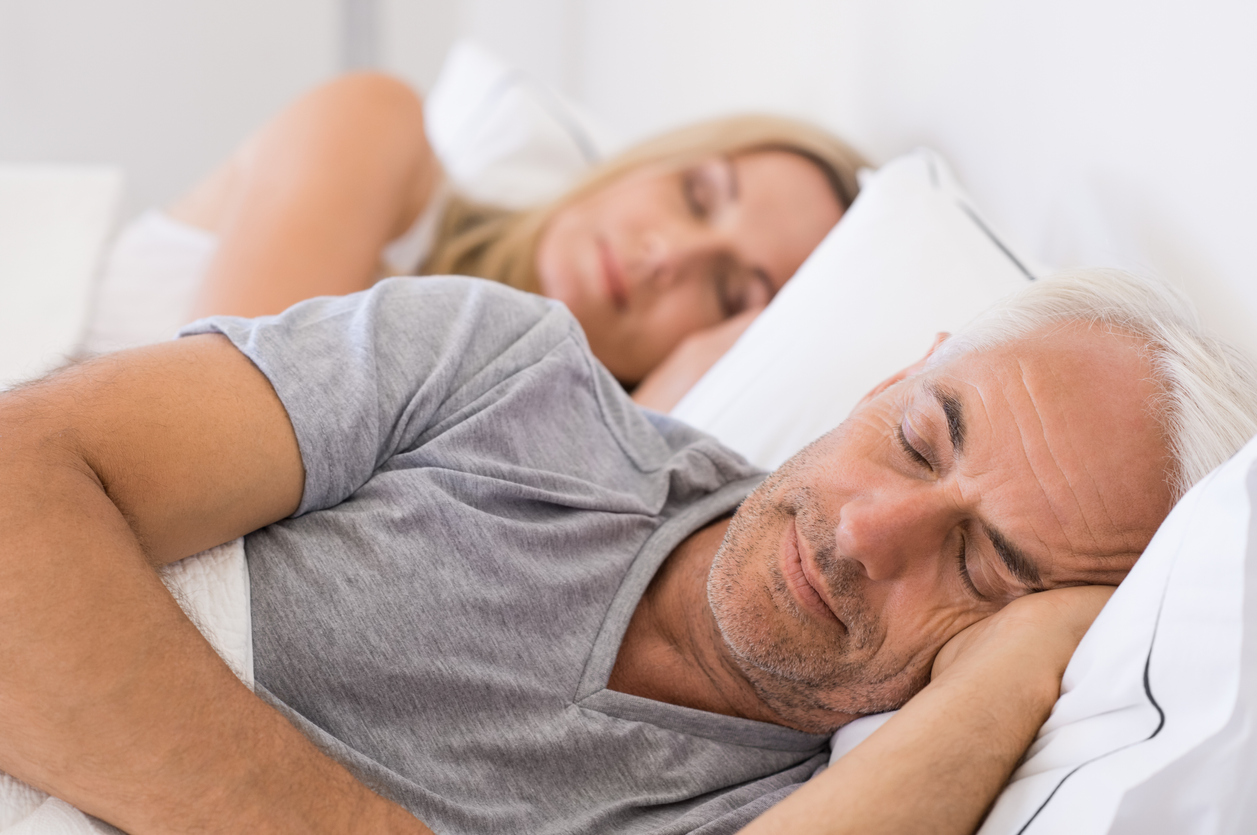
In the quest for a good night’s sleep, we often find ourselves choosing a preferred sleeping position that feels most comfortable. Side sleeping, in particular, has gained popularity for its potential benefits in sleep quality. However, recent discussions on TikTok have brought to light a potential downside to this beloved position – the impact on your skin. Could side sleeping be contributing to unwanted wrinkles? In this blog, we’ll explore the relationship between side sleeping and skin aging, separating fact from fiction and offering practical tips for those concerned about their skin’s health.
Understanding the Connection:
TikTok health influencers have been quick to warn about the development of sleep lines, attributing them to the constant pressure and gravity that the face experiences when pressed against a pillow. Dermatologists confirm that there is some truth to these claims, as the physical pressure placed on the face during side and stomach sleeping can lead to the formation of wrinkles. While wrinkles can be caused by various factors, including repeated facial movements, sun exposure, genetics, and environmental factors, sleep lines can exacerbate the aging process.
How Side Sleeping Affects Your Skin:
Gravity is the only force acting on the face during back sleeping, but side and stomach sleepers experience additional compression and stress forces between their face and the pillow. Over time, this continuous pressure can contribute to the development of etched lines and wrinkles. As people age, the skin’s elasticity diminishes, making it less capable of returning to its natural state after being compressed during sleep.
Should You Change Your Sleep Position?
Research indicates that side sleeping is the most common sleep position and is generally considered one of the best for sleep quality. Given the multitude of factors contributing to wrinkles and the fact that wrinkles themselves aren’t a health concern, there’s no imperative reason to switch sleep positions unless desired. However, for those concerned about wrinkles, dermatologists suggest alternatives.
Changing Your Sleep Position:
If you’re open to changing your sleep position, various devices and techniques can help. Special belts and vibrating devices can make side sleeping uncomfortable, prompting you to shift to a back-sleeping position. Placing pillows or blankets on either side of your body can also discourage side sleeping. It’s essential to note that back sleeping may not be suitable for everyone, particularly those with sleep apnea or breathing conditions.
Alternatives and Additional Measures:
For individuals who prefer not to change their sleep position, there are alternative strategies to reduce the risk of sleep-related wrinkles. Some TikTok suggestions include using medical tape to prevent skin creasing and practicing face yoga. Alternating between the right and left sides during sleep can distribute pressure more evenly across the face.
Products like silk pillowcases and anti-aging pillows are marketed to reduce friction and pressure on the face during sleep. While these products may theoretically help, scientific evidence supporting their effectiveness is limited.
Skincare Routines and Professional Interventions:
If you’ve found a sleep routine that works for you and are concerned about wrinkles, focusing on skincare may be the key. Dermatologists recommend incorporating retinol-based regimens to stimulate collagen production for tighter, more youthful skin. Consultation with a dermatologist can lead to personalized recommendations, such as Botox or microneedling, to address specific skin concerns.
Maintaining a Healthy Lifestyle:
Regardless of sleep position, maintaining a healthy lifestyle is crucial for overall skin health. Staying hydrated, wearing sunscreen, managing stress, and avoiding smoking are essential habits that contribute to youthful-looking skin.
Conclusion:
While the relationship between side sleeping and wrinkles has some basis in reality, it’s important to consider individual preferences and health conditions. Rather than imposing a one-size-fits-all solution, individuals can explore alternative sleep positions, skincare routines, and lifestyle choices to address concerns about sleep-related wrinkles. The key is finding a balance that promotes both restful sleep and healthy, vibrant skin.